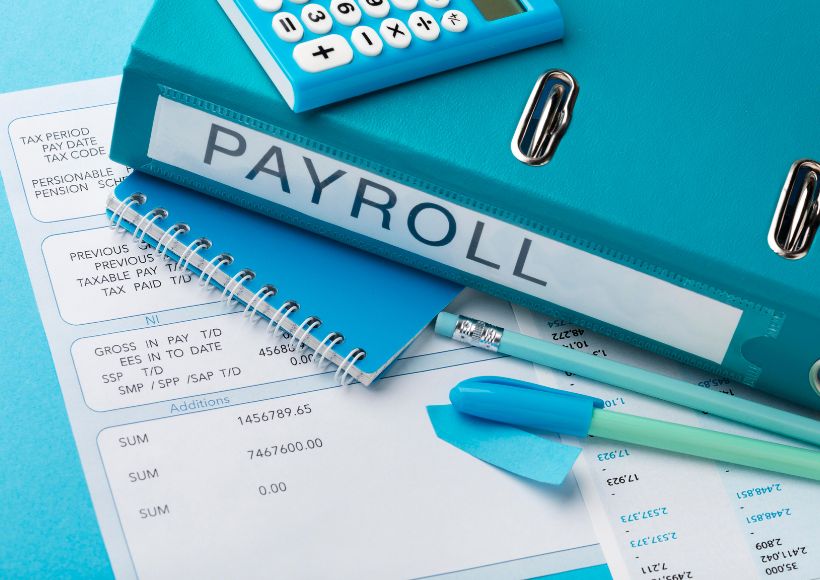How Do You Understand Your Workers’ Payroll If You Are Self-Employed?

Understanding your workers’ payroll when you are self-employed means you have hired individuals to work for your business, and you need to ensure that you are paying them accurately and in compliance with relevant tax laws.
Here are the steps to help you understand and manage your workers’ payroll
Determine Employment Status
First, determine whether your workers are employees or independent contractors. This classification is crucial because it affects how you handle payroll and taxes.
Employees: If your workers are considered employees, you must withhold and remit payroll taxes, provide benefits (if applicable), and comply with labor laws. You should issue them W-2 forms at the end of the year.
Independent Contractors: If your workers are classified as independent contractors, you generally won’t withhold taxes or provide benefits. Instead, they are responsible for their taxes, and you may issue them a Form 1099-NEC at the end of the year if you paid them $600 or more during the tax year.
Gather Worker Information
Collect necessary information from your workers, such as their full names, addresses, Social Security Numbers (SSNs) or Taxpayer Identification Numbers (TINs), and any applicable withholding forms like W-4 (for employees) or W-9 (for contractors).
Calculate Gross Pay
Determine how much you owe your workers for their services. This includes their hourly wages, salary, and any overtime pay or bonuses.
Calculate Deductions
For employees, deduct federal and state income tax, Social Security tax, and Medicare tax based on the information provided on their W-4 forms. Also, consider other deductions such as health insurance premiums, retirement contributions, or other benefits.
Payroll Schedule
Establish a regular payroll schedule, such as weekly, bi-weekly, or monthly, and communicate it to your workers. Stick to this schedule consistently to ensure timely payments.
Payroll Software Or Service
Consider using payroll software or hiring a payroll service provider to calculate and process payroll accurately. These tools can help automate tax calculations, direct deposits, and tax filings.
Payroll Taxes
For employees, you are responsible for withholding payroll taxes (income tax, Social Security, and Medicare) from their paychecks. Pay these withheld amounts and your employer’s portion of payroll taxes to the appropriate government agencies on time.
Record Keeping
Maintain accurate records of each payroll cycle, including pay stubs, timesheets, tax forms, and payment receipts. Good record-keeping is essential for compliance and audits.
Year-End Reporting
At the end of the tax year, provide your employees with W-2 forms (employees) or 1099-NEC forms (contractors) summarizing their earnings. You should also file copies of these forms with the IRS.
Compliance And Updates
Stay informed about tax and labor regulation changes, as they can impact payroll calculations and reporting requirements.
Seek Professional Help
If managing payroll becomes too complex or time-consuming, consider consulting with a tax professional or accountant who can provide guidance and assist with compliance.
Regularly Review And Audit
Periodically review your payroll processes and records to ensure accuracy and compliance with tax laws and regulations.
Finally
Payroll can be a complex and highly regulated aspect of running a business, and errors can lead to costly penalties. Investing the time and effort to understand and manage your workers’ payroll correctly or seeking professional assistance when needed is essential.
Also Read: Entrepreneurs Can Also Hire A Payroll Account For Their Income




